First-of-its-kind holistic program for managing pain in sickle cell disease
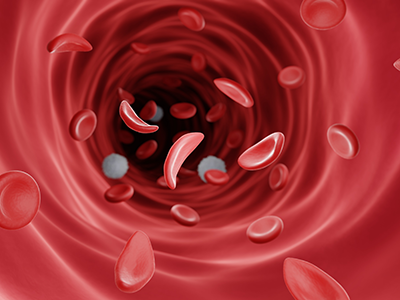
The new sickle cell clinic prioritizes looking at the whole person and considering multiple factors that promote health.
The sickle cell team at Children’s National Hospital received a grant from the Founders Auxiliary Board to launch a first-of-its-kind, personalized holistic transformative program for the management of pain in sickle cell disease (SCD). The clinic uses an inter-disciplinary approach of hematology, psychology, psychiatry, anesthesiology/pain medicine, acupuncture, mindfulness, relaxation and aromatherapy services.
Focusing on the “whole person health,” this clinic prioritizes looking at the whole person — not as individual organs or body systems — and considering multiple factors that promote health. Strategies taught in the clinic allow patients to manage their pain effectively by improving self-efficacy, coping mechanisms, and encouraging use of non-opioid and non-pharmacological modalities for pain management. Below, Deepika Darbari, M.D., hematologist and lead of the clinic, and Andrew Campbell, M.D., director of the Comprehensive Sickle Cell Disease Program, tell us more about this unique clinic.
Q: What’s been the hold-up in the field to implement a clinic like this?
A: There are many barriers at different levels in establishing a clinic like this. Most commonly it is the lack of provider expertise, which may not be available at many institutions. Furthermore, services may be available but may not be covered by health insurance. Sometimes, access to these services may be difficult because of the limited locations where they may be offered and not in conjunction with a patient’s hematology care – like in our clinic – which adds to the burden for patients and their families.
Q: How does this work move the field forward in the space of SCD?
A: This clinic is a unique concept where patients and their families actively contribute to and are at the center of the management plan. The goal of this clinic is to provide holistic care to our patients and families and positively impact all aspects of their wellbeing.
Instead of treating a specific disease, “whole person health” focuses on restoring health, promoting resilience and preventing diseases across the patient’s lifespan.
This clinic will continue to provide traditional treatment options for management of SCD along with non-opioids and nonpharmacologic therapies for management of pain, which is the most common complication of SCD.
We are not aware of any such multidisciplinary clinic for SCD like ours at Children’s National. Our team has been invited to national and international scientific conferences to share our experience and educate other programs about how to establish and sustain a clinic like ours.
Q: How will this clinic benefit patients?
A: In SCD, the symptom of pain can start as early as in the first 6 months of life and continue to occur through the lifespan of a patient, often turning into a chronic pain condition. This chronic pain is very refractory to traditional treatments including strong medications like opioids, which may not provide relief while contributing to many side effects. Our goal for patients attending this clinic is to improve their pain experience without increasing side effects.
We hope that the approach offered in this clinic will allow us to decrease the incidence and burden of chronic pain in individuals living with SCD. We would like to offer these treatment strategies early in life, which may help reduce the burden of chronic pain in our patients. We also hope that patients who have developed chronic pain can utilize these strategies to manage their pain, enhance function, reduce opioid use and improve health-related quality of life.
Q: What are you most excited about?
A: We are very excited to build upon our previous work in this space. Our pilot program was started by members of our multidisciplinary team who volunteered their time and effort for this important work.
While providing care to our families and patients, we are also looking forward to collecting robust data that can demonstrate the impact of such an approach in reducing burden of pain in SCD. This data will be helpful in supporting future research and expansion of this approach to benefit all individuals living with SCD.


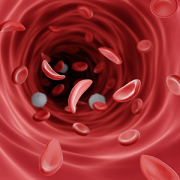
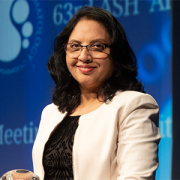

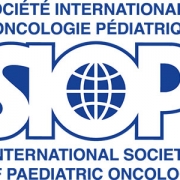
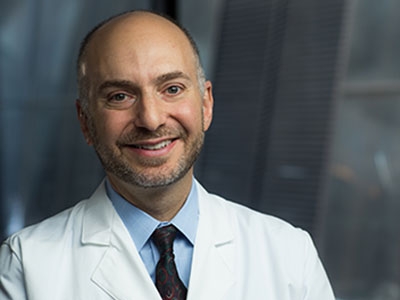
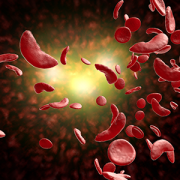
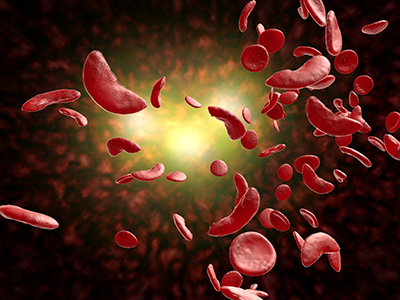
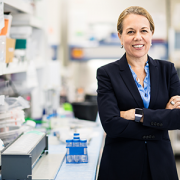
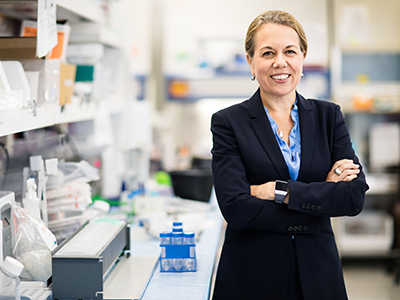
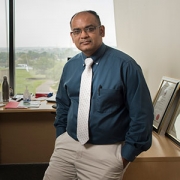
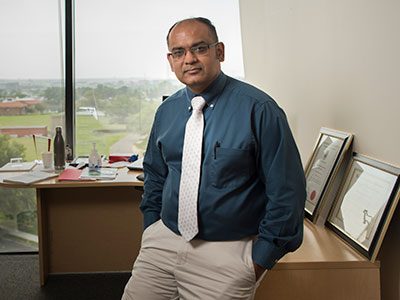

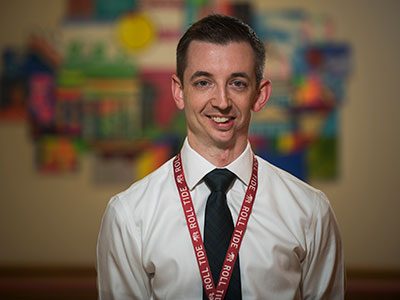

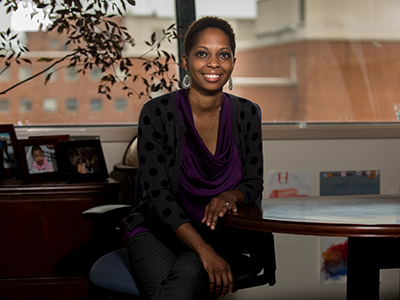
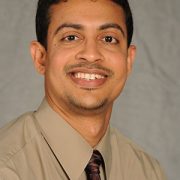
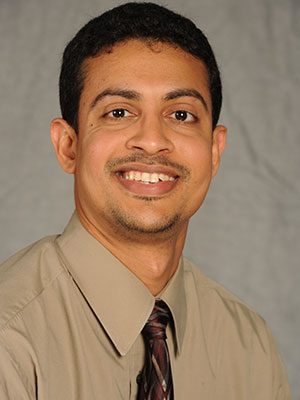
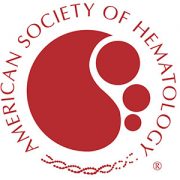
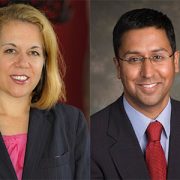
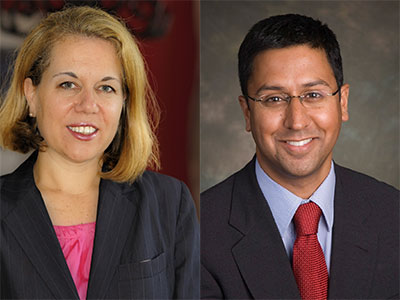

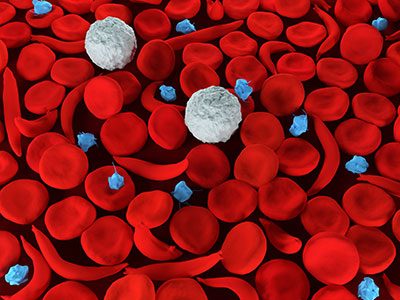
 Suvankar (Seve) Majumdar, M.D.
Suvankar (Seve) Majumdar, M.D.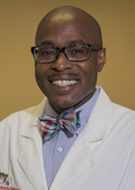 Andrew (Drew) Campbell, M.D.
Andrew (Drew) Campbell, M.D.
